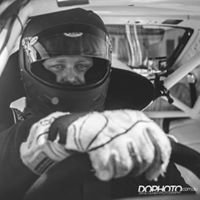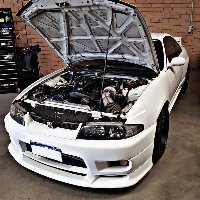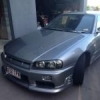Aftermarket BOV, performance or wank factor
Announcements
-
Similar Content
-
Latest Posts
-
By Dose Pipe Sutututu · Posted
Pads for R32 GTS-t, R32 GT-R non V-Spec (Sumitomo), R33 GTS-t and R34 GT-t are all interchangeable. R34 GT uses a 2x piston caliper, hence it didn't fit. -
By soviet_merlin · Posted
Checked with amayama and nope, the full S2 manual set is not available anymore. Unsurprising, but still disappointing as the ? on availability gave a glimmer of hope. -
By joshuaho96 · Posted
I've heard the Tomei USA head gaskets are decent if you want to o-ring the heads but otherwise not recommended. -
The 296mm rotors are the R33 turbo brakes. The 310mm rotors are the R34 turbo brakes. The calipers are nearly the same, but not. They're the same caliper but the R34 caliper has longer legs so that it sits out far enough to go over the rotor. The pads are the same for both. When you say, "I bough tsome EBC"....did you just mean pads? Or rotors? 310mm rotors fit under 17" wheels. There may be some wheels without enough clearance though. I can't fit my fingers between the barrel of my wheel and the "corners" of my R34 calipers, but there is plenty of room behind the spokes. This is on Enkei RPF1. You can fit 324mm rotors inside a 17" wheel, but I'd be willing to bet that it would be close to impossible with the Nissan/Sumitomo caliper (using an adapter, of course), because the Sumitomo caliper is fatter than the Brembo caliper that is supposed to go on the 324mm rotors.
-
Hi. Can someone tell me what brakes(and mainly WHERE) can i buy brakes on R34 GTT? I bought some EBC which SHOULD go on my car(i have GT but it has GTT brakes) but it does not fit, Brakes are "too" small(296mm) Are 310mm be good or? I have 17 inch wheel so no "big boys" but for me driving i just need one that fits and i can get here in EU/Czech.
-






Recommended Posts
Create an account or sign in to comment
You need to be a member in order to leave a comment
Create an account
Sign up for a new account in our community. It's easy!
Register a new accountSign in
Already have an account? Sign in here.
Sign In Now